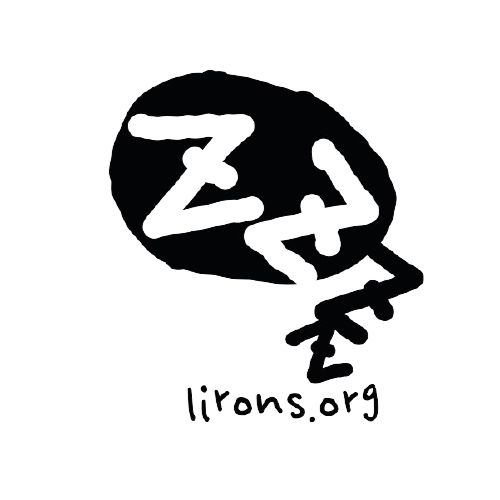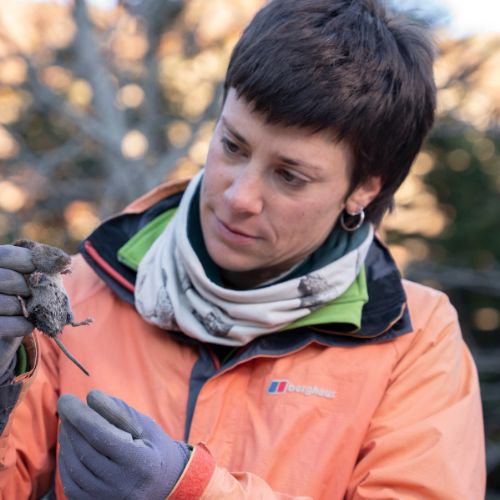Dormouse Project
Habitat loss and fragmentation have led to a decrease in species richness and biodiversity. We are currently facing a situation where mature forests are scarce in Europe and are heavily threatened. These forests play a very important role in our ecosystems, as they are essential for the conservation of biodiversity as well as for studying the processes of natural disturbance and endangered species. Using the edible dormouse (Glis glis) as a flagship species can improve the quality of habitats, the conservation status of mature forests and at the same time protect many other species that depend on them. Dormice are one of the few species of small mammals in Europe that hibernate and are only found in deciduous forests. They present display reduced and fragmented populations in their distribution limits. This makes them especially sensitive to climate and habitat loss, making them bioindicators of environmental change.
The edible dormouse is extremely hard to detect and study in the wild due to its nocturnal and arboreal behaviour. The Dormouse Project includes two different protocols: one for experienced volunteers, to obtain robust information from quantitative data (capture-recapture), and another for early volunteers aimed to gather qualitative (presence-absence) data without needing dormice handling. The programme is based on specifically designed nest boxes sampling (30 x 15 x 15 cm, with a 5-cm entry hole) attached to trees at a height of approximately 3 m above ground in deciduous forest. Nest boxes are set 25-30 m apart in a grid (5 x 4 nest-boxes) or line (six nest-boxes). A monthly check is carried out from July to October between the 15th and 25th of each month, coinciding with the period of highest activity of the species. Our long-time monitoring allowed collecting temporal and spatial variations in presence, activity and reproduction, in response to habitat impacts as destructions and forest fragmentation but also on the climatic change effects on this species and their populations. This monitoring programme provide population trends for this species in the southern populations and contribute to amplifying the knowledge of the biology and ecology of this species.










